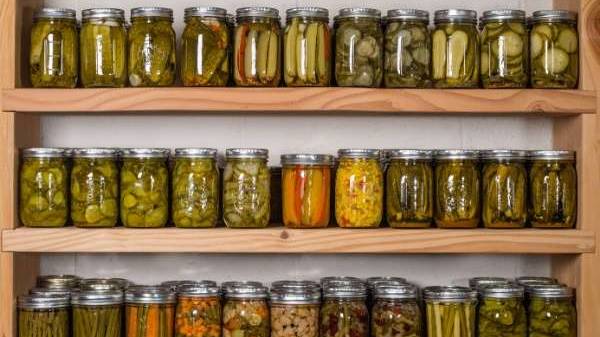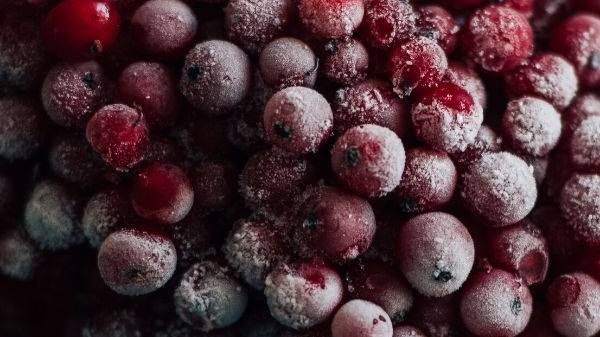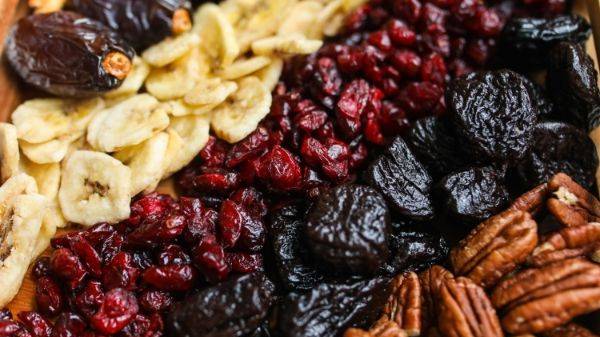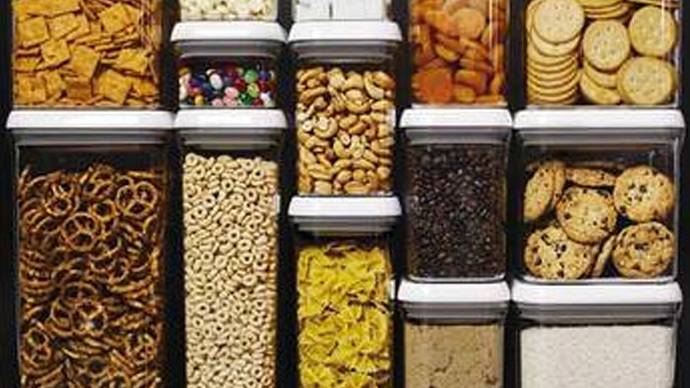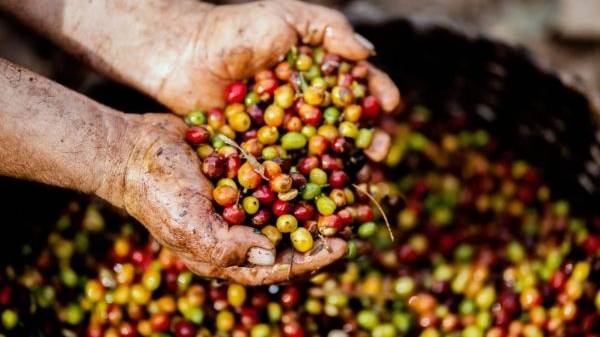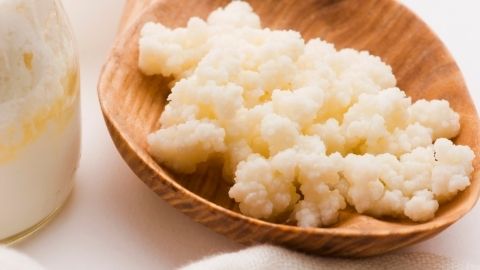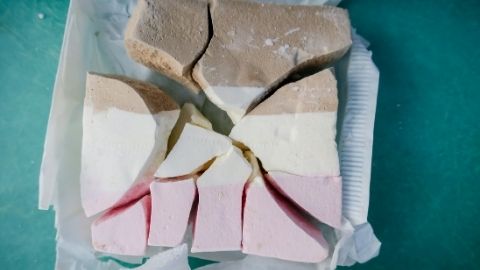Preserve the Harvest
USU Extension Canning and Food Preservation Resources
Canning & Food Preservation
Whether you are a new or experienced home food preserver or canner, you have come to the right place. Utah State University Extension is committed to providing the most up-to-date instructions and recipes so that you can be successful when preserving food at home. Our goal is to provide home canning resources so that your experience is satisfying and leaves you with the assurance that the food you preserve at home is safe and the highest quality possible.
When canning and using other methods of food preservation, safely preserving the food product with scientifically tested recipes should be the top priority. No one wants to waste their time and effort preserving food that will spoil before consumption, not seal properly or create an accidental food-borne illness or toxin in the product. Also, be aware that recipes passed down through families and neighbors or found on Google searches may not be safe.
Helpful, trusted food preservation resources include:
- USDA’s Complete Guide to Home Canning, which provides a free ebook/PDF download. The information is based on research conducted by the National Center for Home Food Preservation in cooperation with USDA’s National Institute of Food and Agriculture.
- The Ball Canning Company website provides recipes, tips on canning and information about products, service and support.
- The USU Extension Canning Resources Website includes research-backed information on preserving the harvest, food preservation fact sheets and the master food preserver program.
In-Person Courses
Master Food Preserver Hands-on Workshops
In-Person Course
Secure your spot on the waitlist for our exclusive Master Food Preserver Hands-on Workshops and be the first to unlock the secrets of preserving the harvest, transforming your pantry and elevating your culinary skills.
Online Courses
Preserve the Harvest
Online, On-Demand Course
Are you interested in preserving your garden harvest? Join USU Extension Experts online to learn all about preserving, processing, & storing seasonal produce and meats.
Canning 101
Online Course, On-Demand Course
Canning is not cooking — it is science! It is a process that needs to be followed exactly.
- scientifically tested resources
- boiling water bath
- pressure canning
- steam canning
- shelf life
- storage methods
- and more!



